The aroma of freshly ground coffee beans mingles with the soft hum of conversation, the clinking of porcelain, and the occasional rustle of a newspaper. This is the unmistakable atmosphere of an Austrian café, a cultural institution that has endured for centuries. More than just places to drink coffee, these establishments are social hubs, artistic salons, and quiet retreats where time seems to slow down.
Vienna’s Coffeehouse Culture: A Historical Legacy
The story of Austrian coffeehouses begins in the late 17th century, when the first such establishments appeared in Vienna. Legend has it that after the failed Ottoman siege of 1683, sacks of coffee beans were left behind by the retreating Turks. These beans found their way into the hands of enterprising locals, who began brewing the exotic drink. By the early 18th century, coffeehouses had become gathering places for intellectuals, artists, and politicians.
What set Viennese coffeehouses apart was their unique ambiance. Unlike the hurried coffee shops of today, these were spaces designed for lingering. Patrons could sit for hours over a single cup of coffee, reading newspapers provided by the house or engaging in spirited debates. This tradition continues today, with many cafés still offering an array of international newspapers on wooden racks.
The Architecture of Leisure
Step into any traditional Viennese café and you’re immediately struck by the interior design. High ceilings with elaborate moldings, crystal chandeliers, and Thonet chairs arranged around marble-topped tables create an atmosphere of refined elegance. The walls are often adorned with gilded mirrors and oil paintings, while velvet curtains frame large windows overlooking bustling streets.
This intentional design serves a purpose beyond mere aesthetics. The spaciousness encourages relaxation, while the comfortable seating arrangements facilitate both private contemplation and social interaction. Many cafés feature separate rooms or alcoves, allowing for different moods and purposes – from lively political discussions to quiet chess games.
The Ritual of Coffee Drinking
Ordering coffee in an Austrian café is an art form in itself. The menu typically offers dozens of variations, each with its own history and preparation method. The Melange, perhaps the most iconic Viennese coffee, consists of equal parts espresso and steamed milk, topped with milk foam. Then there’s the Einspänner, a strong black coffee served in a glass with a dome of whipped cream, traditionally enjoyed by carriage drivers.
Accompanying the coffee is often a glass of water – a tradition dating back to when coffee was still an expensive luxury. The water served to cleanse the palate between sips, allowing the drinker to fully appreciate the coffee’s flavor. This practice persists today, a nod to the café’s historical roots.
Culinary Companions: The Art of the Kaffeehaus Kitchen
No visit to an Austrian café would be complete without sampling the pastries and desserts that have become synonymous with the experience. The Sachertorte, a dense chocolate cake with apricot jam filling, was invented in 1832 and remains a staple. Equally famous is the Apfelstrudel, its delicate layers of pastry enveloping spiced apple filling.
What many visitors don’t realize is that these cafés also serve excellent savory dishes. The Wiener Schnitzel or Goulash served in traditional coffeehouses often rivals that of dedicated restaurants. This reflects the café’s role as an all-day establishment where one might have breakfast, lunch, afternoon coffee, and even dinner.
Literary and Artistic Havens
Throughout history, Austrian cafés have served as unofficial offices for writers, artists, and thinkers. Café Central was frequented by intellectual luminaries like Sigmund Freud, Leon Trotsky, and Stefan Zweig. The writer Peter Altenberg was so associated with Café Central that a life-sized statue of him sits at his regular table.
This tradition continues today, with many cafés maintaining special relationships with their artistic regulars. Some display works by local artists on their walls, while others host literary readings or musical performances in the evenings. The café remains a space where creativity is both consumed and produced.
The Social Fabric of the Coffeehouse
In a world increasingly dominated by digital communication, Austrian cafés preserve the art of face-to-face interaction. Regular patrons develop relationships not just with staff but with other customers, creating micro-communities that span generations. It’s not uncommon to see elderly gentlemen playing chess with the same partners they’ve had for decades, or students debating philosophy in corners where their grandparents once did the same.
The waitstaff, often career professionals rather than transient workers, contribute significantly to this social ecosystem. A good Herr Ober (head waiter) remembers regulars’ preferences and knows when to engage in conversation and when to maintain a respectful distance.
Modern Challenges and Innovations
While the traditional Viennese café remains largely unchanged in its essence, contemporary establishments face new challenges. Rising rents and changing consumer habits have forced some historic cafés to close, while others have adapted by offering wireless internet or updating their menus with vegan options.
Yet even with these changes, the core experience persists. Newer cafés that embrace the traditional model – emphasizing quality, comfort, and community over quick turnover – find themselves embraced by locals and tourists alike. The Austrian coffeehouse has proven remarkably resilient, evolving without losing its soul.
From the grandeur of Café Sacher to the cozy charm of neighborhood establishments, Austrian cafés offer more than caffeine – they provide a living connection to European history, a refuge from modern haste, and a model for meaningful social interaction. In an age of disposable experiences, they remind us of the value of slowing down, savoring the moment, and appreciating the simple pleasure of a perfectly prepared coffee in beautiful surroundings.
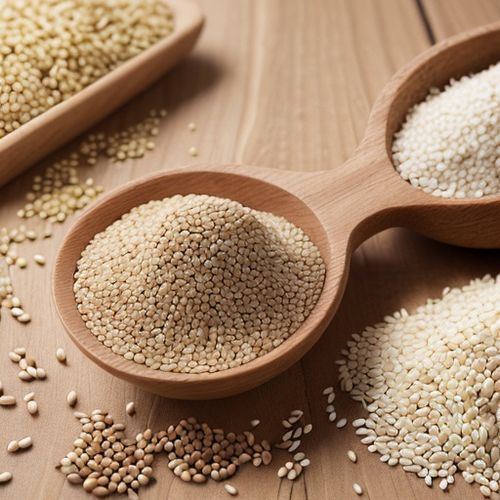
By George Bailey/May 12, 2025
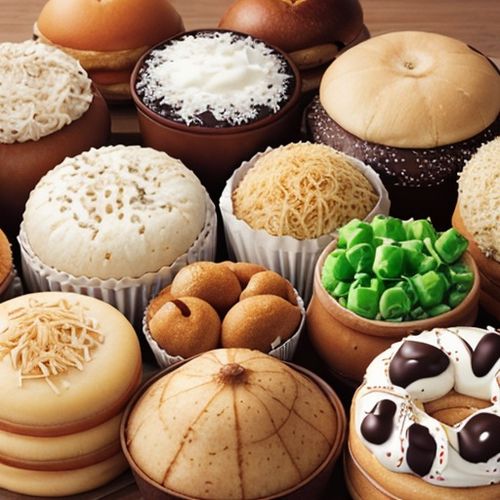
By Amanda Phillips/May 12, 2025

By Thomas Roberts/May 12, 2025
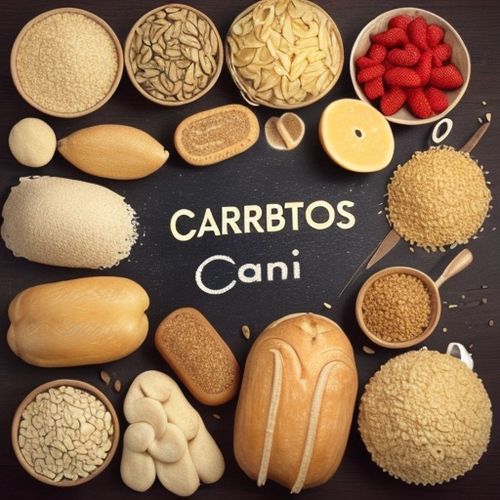
By Benjamin Evans/May 12, 2025
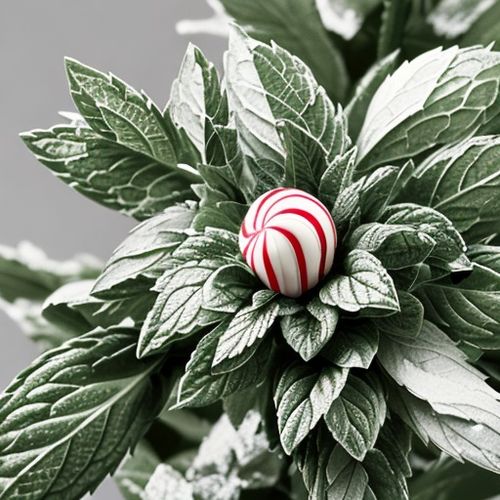
By Natalie Campbell/May 12, 2025
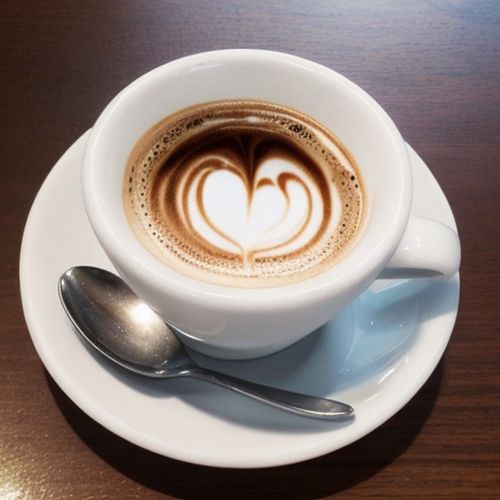
By Lily Simpson/May 12, 2025
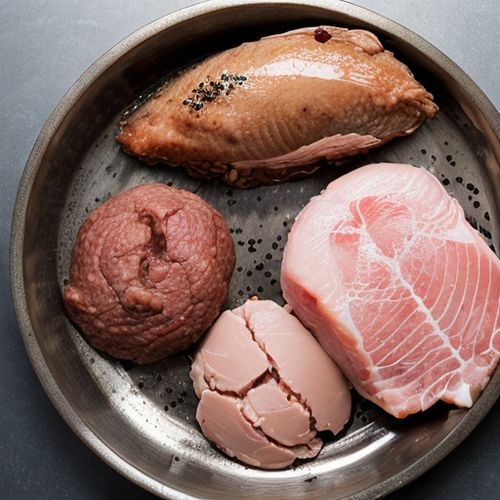
By Megan Clark/May 12, 2025
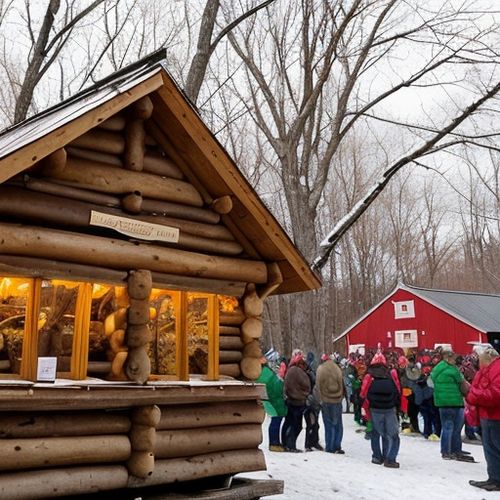
By Christopher Harris/May 10, 2025
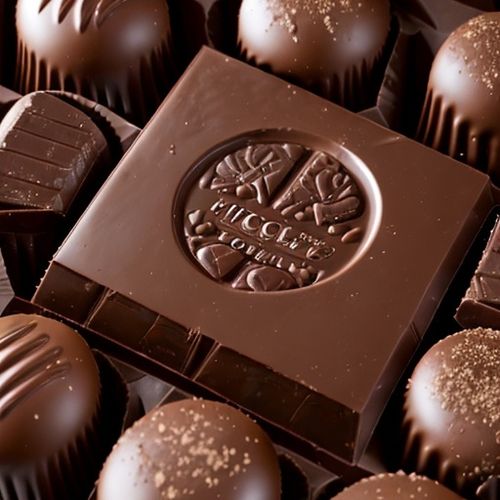
By Emma Thompson/May 10, 2025
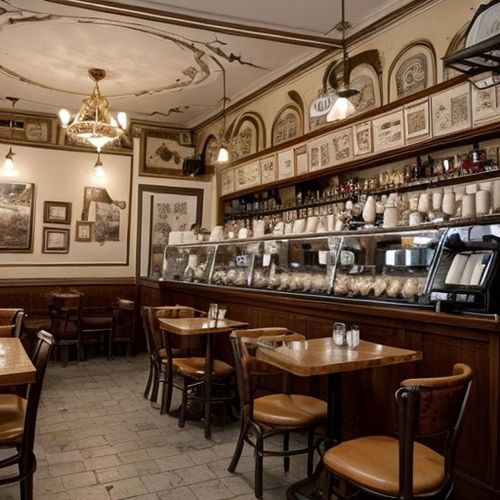
By Ryan Martin/May 10, 2025

By Michael Brown/May 10, 2025
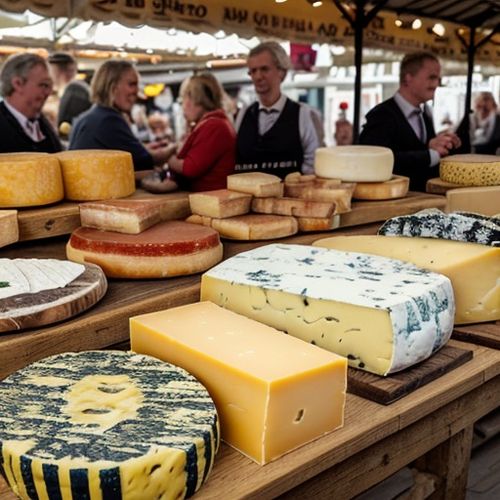
By Sophia Lewis/May 10, 2025
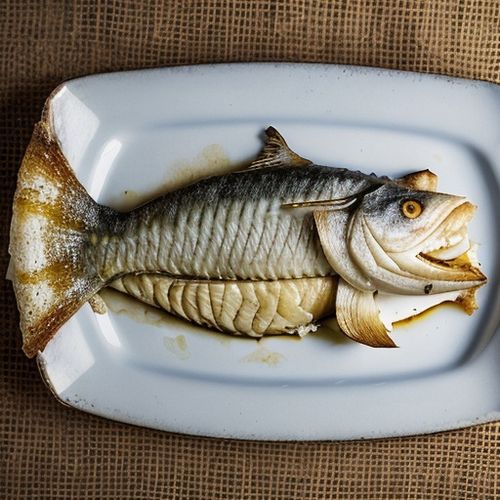
By Eric Ward/May 10, 2025

By George Bailey/May 10, 2025

By Elizabeth Taylor/May 10, 2025